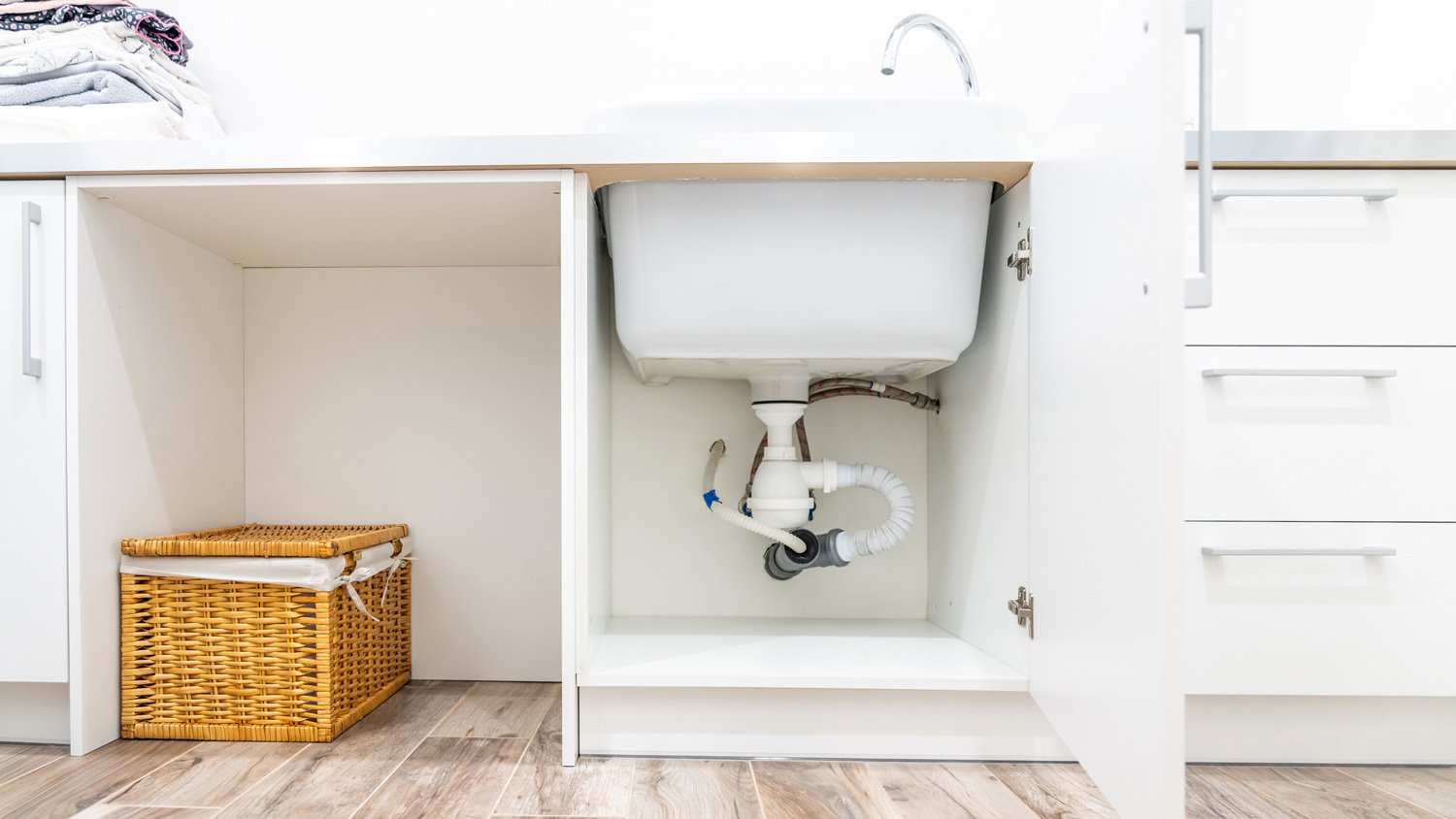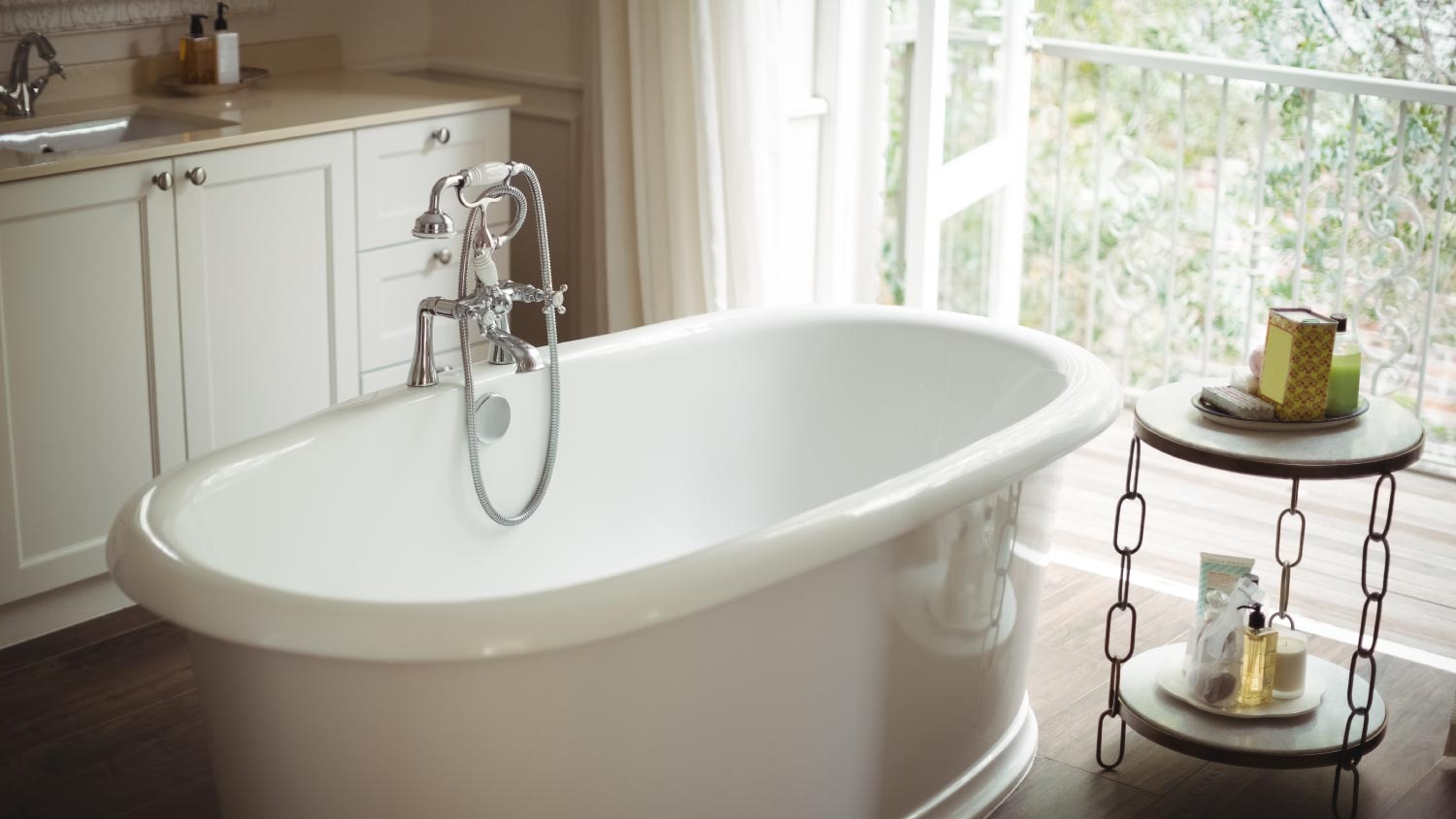
Remodeling your bathroom can add significant value to your home. Your bathroom remodel cost in Columbus, OH will depend on size, fixtures, materials, labor, and other factors.
With a little knowledge and effort, you can protect your vanity


Learning how to protect a bathroom vanity from water damage could save you tons of money in costly repairs. Plus, you will keep the space healthy and clean for your family. From choosing the right vanity to making sure it is properly treated against moisture, here are some sensible steps you can take.
When you are in the process of remodeling a bathroom, choosing a water-resistant vanity will go a long way toward preventing mold or mildew. The most common materials are wood, plywood, particleboard, and medium-density fiberboard (MDF) vanities. Of these, MDF and particleboard are most susceptible to moisture damage; wood and plywood both hold up better in comparison. All of these materials require proper sealing and maintenance. Keeping humidity levels between 30% and 55% is ideal for preventing mold growth.
You can also go with a polyvinyl chloride (PVC) or stainless steel vanity for a completely moisture-resistant option. Although you should still manage the humidity levels in your bathroom to avoid damage to walls, flooring, and other components, you will never have to worry about mold and mildew on these vanities.

When you buy wood vanities or cabinets from the store, they are usually painted or sealed to prevent moisture damage. If, however, you are DIYing a vanity project, it is important to learn how to paint a bathroom vanity using waterproof paint. Some brands offer paint specifically designed for bathrooms, and some are marked as mold- and mildew-proof. Generally, you should go with a high-gloss or semi-gloss paint to combat moisture.
Sealing wood and wood-based vanities and cabinets provides an extra layer of moisture protection to keep everything in good shape. You might do this with a clear sealant or varnish. As with the paint, look for a moisture-resistant product.
Take a look at where your cabinet meets the wall, and if there is an open seam, take action. These seams allow moisture to creep in, along with dirt or grime. Over time, this can lead to mold growth and damage to the surrounding areas. You can fix this with caulk for smaller seams or putty for bigger ones.
Keeping bathroom humidity in check is very important to maintaining a clean and healthy space. After all, mold needs moisture to grow. The best thing you can do is to install a good, working exhaust fan that is the right size for your bathroom. Besides this, consider installing a small window to help increase ventilation. If humidity levels still seem high, get a dehumidifier for the bathroom.

There are some obvious signs that pipes are leaking, but sometimes you might not notice a small leak until it is too late. To avoid this, check your pipes regularly. Keep an eye out for wet spots, signs of water damage to flooring or walls, and rust buildup. For ultimate peace of mind, get in the habit of scheduling an annual home plumbing inspection. That way, you will catch any problems early, instead of having to scramble when you discover a leak or mold damage.
Here are some tips to repair a water-damaged bathroom vanity. Keep in mind that, while repairing the vanity is an option for some people, vanities with extensive damage, especially when there is mold, are better replaced altogether.
Glue down peeling veneer on MDF or particle board cabinets.
Sand, prime, and paint cabinets with peeling paint.
Sand, bleach, and refinish wood vanities to get rid of water stains.
Hire a cabinet refinisher near you to fix the damaged vanity.
From average costs to expert advice, get all the answers you need to get your job done.

Remodeling your bathroom can add significant value to your home. Your bathroom remodel cost in Columbus, OH will depend on size, fixtures, materials, labor, and other factors.

Pedestal sinks are small bathroom wonders, but how much does a pedestal sink installation cost? Learn the cost factors for adding one to your bathroom.

A bidet—stand-alone, attachment, spray nozzle, or toilet combo—reduces toilet paper usage and saves money, but how much is a bidet? Here’s how much you’ll pay.

An updated bathtub can give a bathroom a whole new look. Find out how much it costs to replace a bathtub in Los Angeles, CA, including prices by type and labor costs.

A bathroom or kitchen remodel isn't complete without all the important details, including faucets. Consider the pros and cons of wall-mounted faucets before choosing one.

A new vanity can transform the look of your bathroom, but it has to fit. This guide breaks down common vanity sizes and how to measure for the right one.